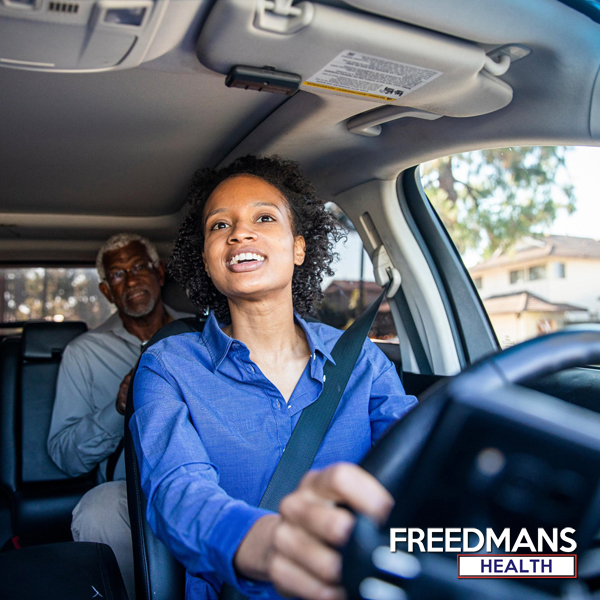Overview
Chickenpox is an infection that causes an itchy, blister-like skin rash. A virus called varicella-zoster causes it. Chickenpox is highly contagious. But it’s much less common today because there’s a vaccine that protects you from it. Children are the most susceptible to getting chickenpox, although you can get it as an adult, too.
Before the availability of the first vaccine against chickenpox in 1995, almost everyone got chickenpox as a toddler or young child. But since the late 1990s, the rate of chickenpox has declined by nearly 90%. Today, most children receive a vaccine against chickenpox as part of their routine immunization schedule.
Once you’ve had chickenpox, you won’t catch it again from another person. If you’re not vaccinated, you can get chickenpox at any age. Adults who get chickenpox may become very sick, so it’s better to have chickenpox when you’re a child or prevent getting it by receiving the vaccine.
What are the three stages of chickenpox?
The three stages of chickenpox usually refer to the way the rash looks:
- Stage 1 is a red and bumpy rash. This can last a few days.
- Stage 2 is a fluid-filled blistered rash. The blisters break open after about one to two days.
- Stage 3 is when the blisters scab over. This stage also lasts a few days.
Even though the rash goes through three stages, you could have all types of bumps at the same time. This means some bumps can be forming while others are already breaking open. The entire rash can last up to about 10 days.
Where does chickenpox usually start?
You usually start getting chickenpox on your face and trunk (your chest and your back). From there, it spreads to the rest of your body all the way to your fingers and toes.
What age will you get chickenpox?
Now that there’s a vaccine to prevent chickenpox, most children in the U.S. don’t get chickenpox. But in those who aren’t vaccinated, it’s more common to get it between the ages of 3 and 6.
Why is chickenpox rare now?
Chickenpox isn’t as common as it once was because the chickenpox vaccine has greatly reduced the number of cases.
Advertisement
